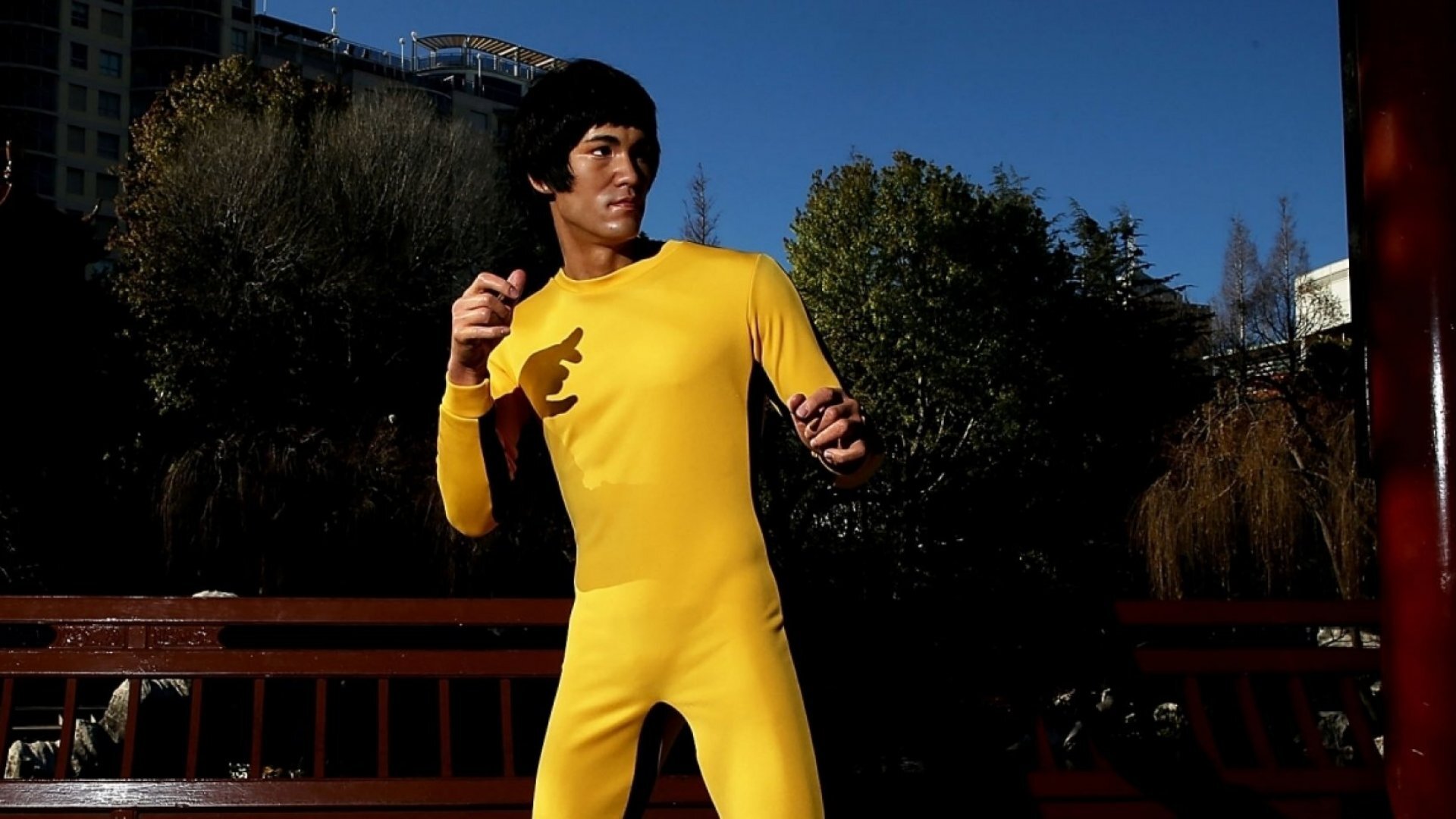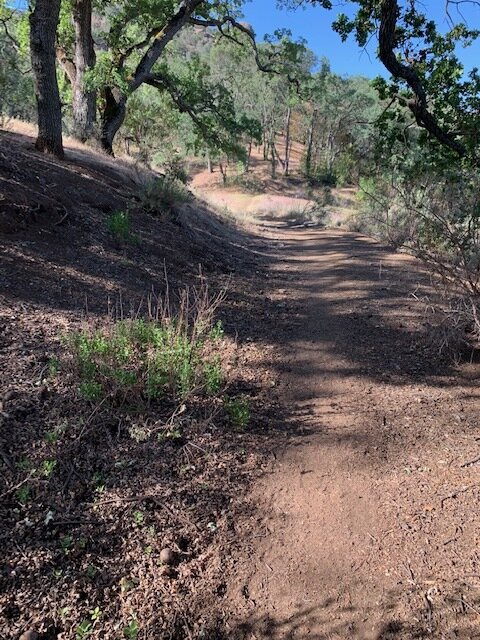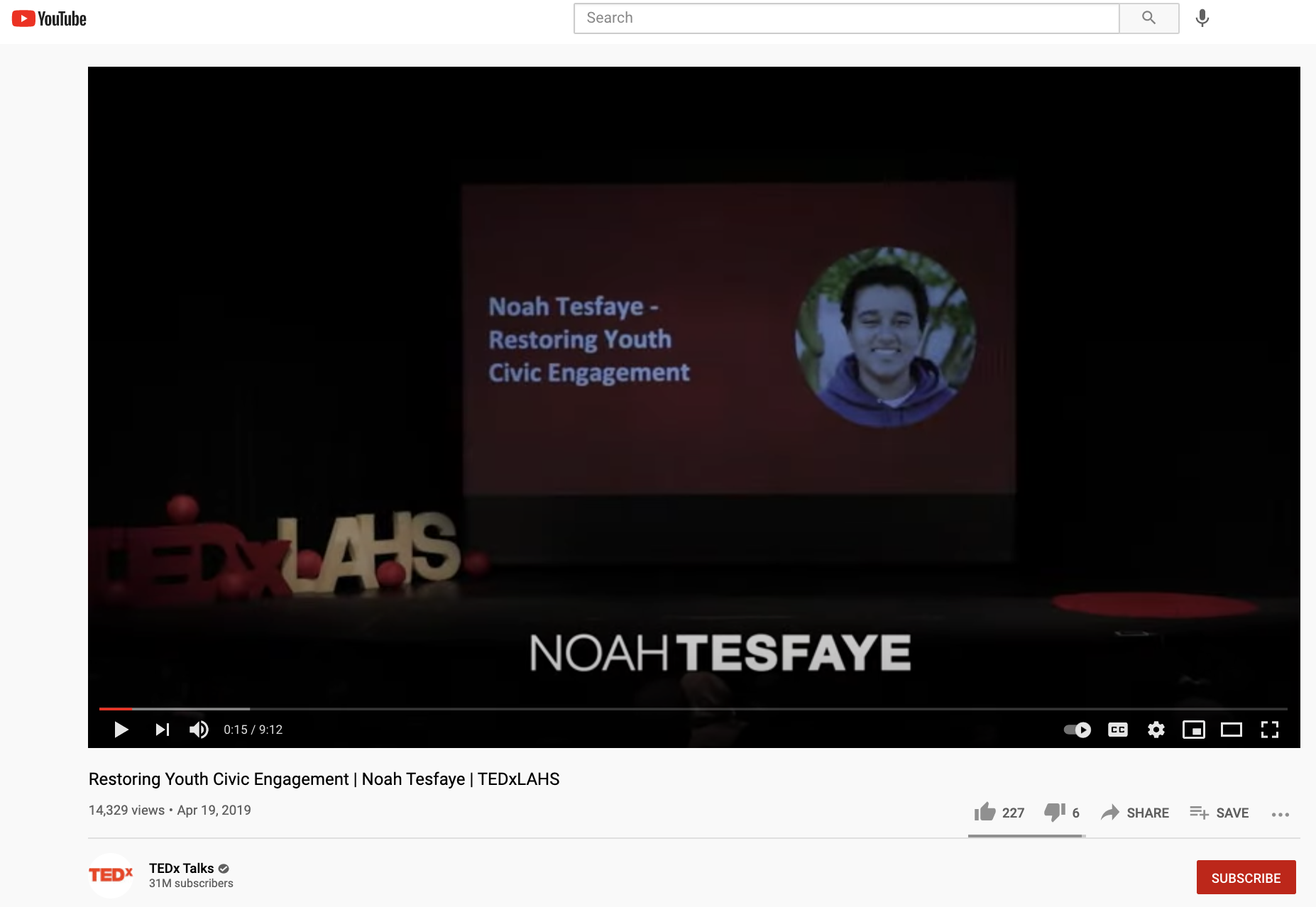03/28/21 Some Notes on the Quirkiness of Discovery Bay, CA
In Baltimore: A Political History, Matthew A. Crenson discusses Baltimore's formation and correlates the idiosyncratic founding and lack of central governance as a root cause of Baltimore's highest communities per capita of any large city. Crenson associates this baroque scatterplot of hyperlocal communities to the “quirk city” nature of Baltimore. While not quirky in the same way, I'd offer that Discovery Bay rivals Baltimore for quirkiness on account of its idiosyncratic cityscape.
On the surface, up close, Discovery Bay seems reasonably standard. In one lens, close up, it looks like a nicely planned coastal community that could have been built harborside in Baltimore or Miami, along the Chesapeake or the Keys. A look at Discovery Bay, 20 miles square, would seem to show a nicely planned resort community. Pan out 100 miles, and one realizes Discovery Bay is a nicely planned coastal community in the middle of nowhere. Located in the northern end of California's Central Valley in the midst of what is commonly called “the delta,” Discovery Bay's jigsaw puzzle splays its cloverleaf waterways.
Hidden at the eastern foot of the grand peak of Mt Diablo, the highest peak in the east bay of San Francisco and Oakland metropolitan region, Discovery Bay has been molded at sea level out of what was first a productive giant marsh, 100s of square miles, valued and cultivated for food by the Ohlone indigenous peoples.
During early colonization, much of the marsh was dredged and converted to a series of sloughs and rivers. Later these dredged waterways earned the attention of the US Corp of Engineers. Most of the sides of these rivers and sloughs now have engineered and fortified embankments to eliminate flood risks. This, in turn, led to human-made islands at or below sea level that abstractly cover the delta's eastern side — where the San Joaquin, Sacramento, and Stanislaus rivers convene.
Oddly enough, in the seemingly middle of nowhere, hidden at the delta's bottom edge, is a human-made jigsaw puzzle of landmasses and waterways covered in homes. Homes largely average from the roadside, in liminal position over an ecological bounty of the watershed that runs from the Sierras to San Francisco. The community resembles more the movie settings we associate with Louisiana than the Malibu-like settings we associate with California. Discovery Bay's planned community “dimension” from outside-in gives the observer the impression that this must be a “white” community. Golf course, yacht club, harborside shops, custom-contoured waterways: the “mapscape” and the civil engineering feels manicured.
I’m reminded of when a friend from Berkeley visited my home. We entered the planned community’s gate, passed the open and well-groomed parks, and observed the waterways with their perfectly curved shorelines — we paused on my front porch and looked up and down the street, and he stated, “I’ve never felt so white.” I didn’t say it aloud, but I knew that his entire neighborhood, the entire block, in Berkeley, while pleasingly liberal and progressive, housed no people of color. My street of 11 houses? Two black families, a Filipino household, two Mexican-American households, three caucasian households, an octogenarian’s household, an otherly-abled household, and an Arab-American household.
The strangeness of this observation may not be so strange. The idea of the places may have more to do with pursuing the “American Dream” as described by Berkeley’s personality versus who is pursuing the American Dream described by Discovery Bay’s personality.
Not really associated with the larger Bay Area (the San Francisco and Oakland Metropolitan areas), and not even loosely linked with the capital city of Sacramento, further socially and economically apart from Stockton, and geographically separated from the “new valley” of the tri-valley cities of Livermore, Pleasanton, and Dublin where the likes of Oracle, SAP, Amazon, and Workday have taken up residence — Discovery Bay feels ready to awake to its potential as a seat of economic, social, and ecological vitality.
Like Baltimore, Discovery Bay is not a politically neutral environment. While the issues faced by Discovery Bay do not rise the level of Crenson’s narrative of the ‘city that bleeds’ — there are issues:
the “stop the tunnels” movement to keep water flowing above ground instead of tunneling it to the Bay Area from the Sierra directly impacts the largely “water” centric community. This issue oddly aligns both the conservatives and the liberals in the community. As the dividing line between the ocean water and freshwater creeps east from the Bay up the delta, how is the entire watershed of Northern California affected?
The community is unincorporated — the Community Services District provides some control level but remains limited in affecting real change. How to attract innovation and business to an area that has little local control?
The generally conservative neighborhood politics is becoming increasingly complicated by changing demographics. What happens when the Bay Area sees Discovery Bay as an option to work remotely and stay loosely but geographically connected to Silicon Valley?
The Community Services District, founded in 1998, is coming out of 25 years of resilience through the dot-com boom and bust, the financial crisis, and the COVID19 pandemic leaving the community asking, what next? What systems of resilience have paid off so far?
Looking back, looking forward, knowing that California is the 4th largest GDP in the world, knowing that Discovery bay is but a scant 30 miles from the “Bay Area,” and that a metro cities diaspora (or maybe a more general flattening out of the metro) may ensue: what systems of resilience need to be installed to maintain the community's social, ecological, and economic health in the future?














































































